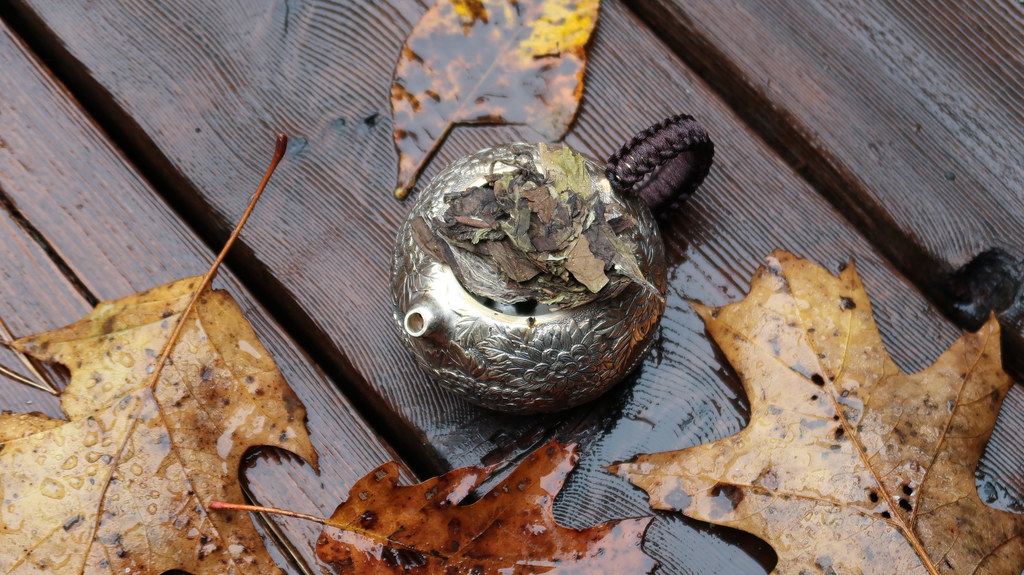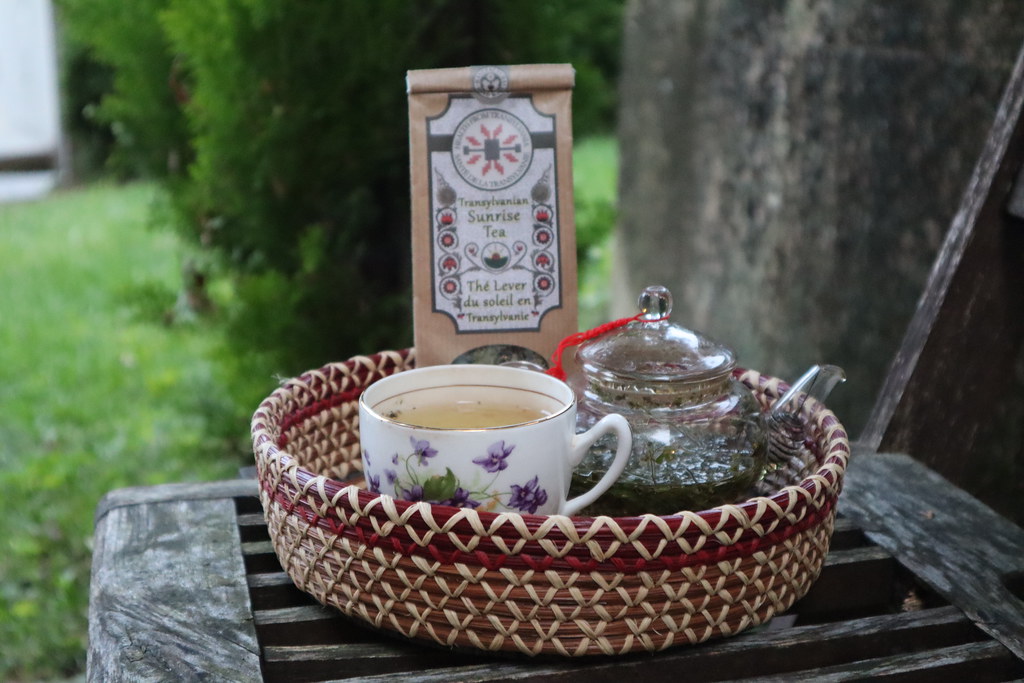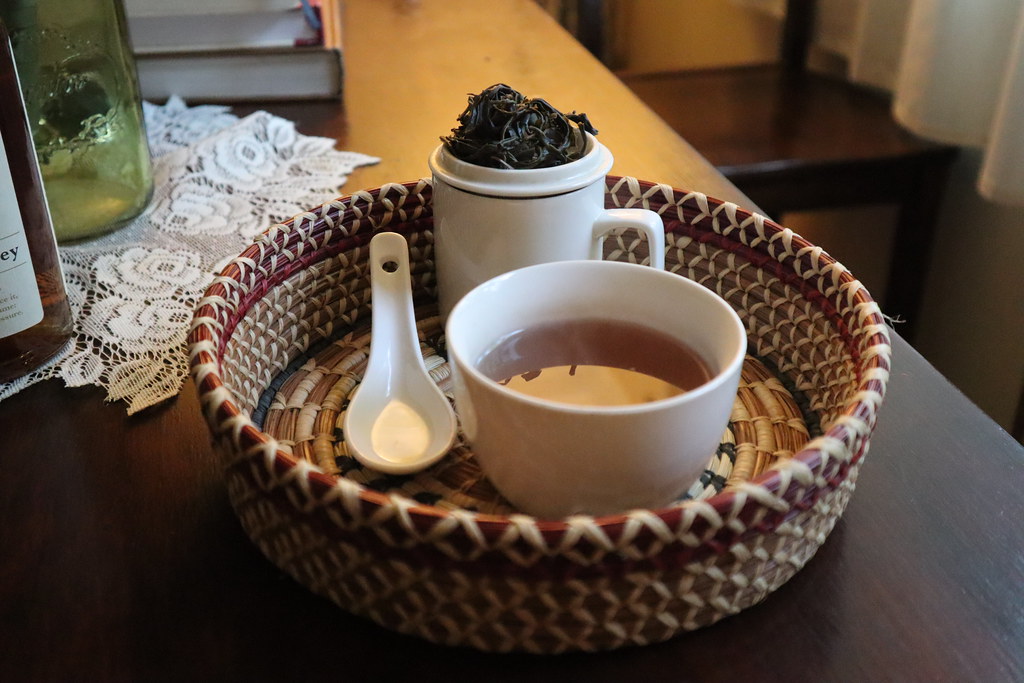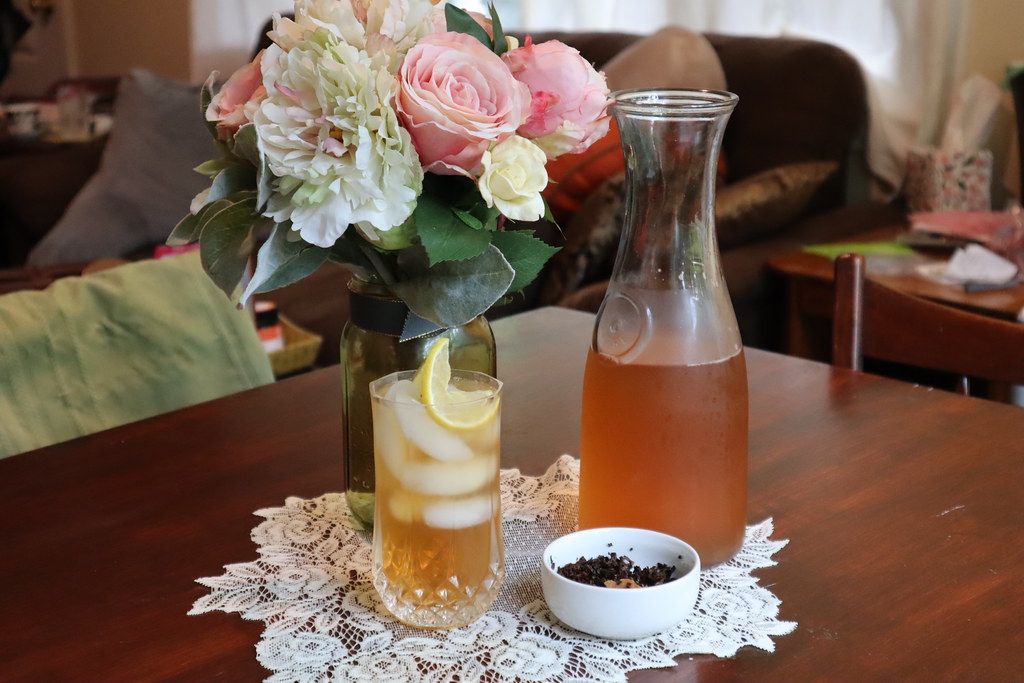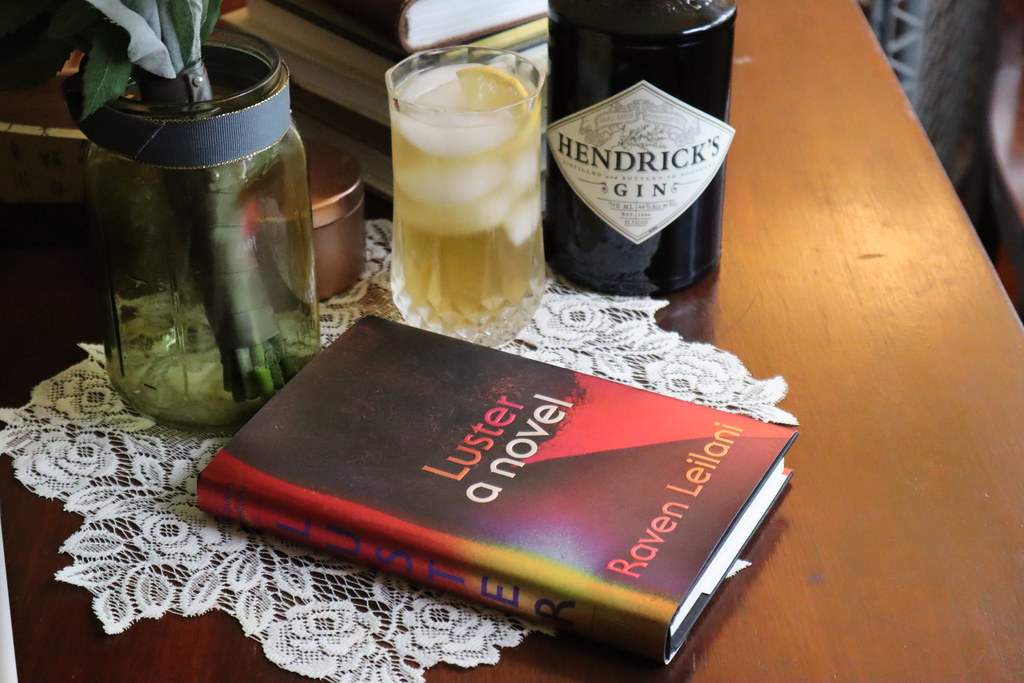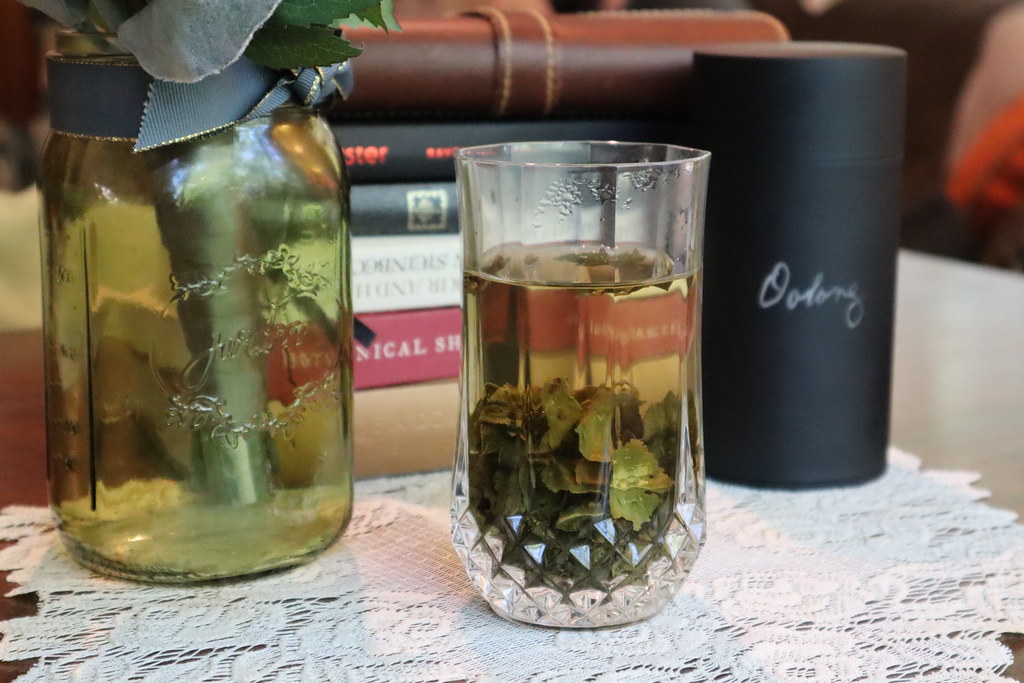Today on Tea Together Tuesday, a delightful community tea prompt hosted by Tea with Jann and Tea is a Wish, the prompt is to share the best gift you’ve received since beginning your tea journey. Well, I would be completely remiss if I didn’t talk about my number one supporter of my love of tea and teaware: My mother. She has given me at least half the vintage cups in my collection, as well as plenty of my other teaware. In our family, little gifts, often for no particular reason, are one of the ways we show love, and gifts for events (birthdays, holidays, celebrating milestones, etc.) doubly so.
So I would have to say that the best gift I’ve gotten has been her amazing gift of a pure silver teapot for my birthday last year. After Elliot’s birth, I went through a period of time of rediscovering my identity, and moving away from being “that tea lady” to identifying myself more with my role as a parent. But eventually, I did have to return to tea beyond a simple mug of grandpa-style brew, and this gift had a lot to do with that. In addition to just being completely gorgeous, it represented a new kind of teaware that I needed to investigate and experiment with.
I first heard about the benefits of pure silver teaware while reading Char’s blog Oolong Owl, and later realized that Scott of Yunnan Sourcing uses one in his videos on YouTube. Similarly to unglazed clays, the 99% (or higher) purity silver reacts with the tea inside and can change the flavor of your tea in interesting ways. I chose to start with silver and not clay for a very simple reason: I am clumsy and would be less likely to break a metal teapot. Plus, silver isn’t absorbent like clay can be and you can use it for multiple types of teas without worrying about flavor mixing.
But they are rather pricey, generally running at least $250-500. So I was excited when my mother, who always strives to make sure we really treat ourselves to something frivolous and impractical for our birthdays, had me pick out a teapot and a tea subscription to go with it. So now I had a beautiful new piece of teaware to excite my tea passions, as well as months of new teas.
Over the year and a half that I’ve had it, I’ve come to get to know the pot quite a bit. I find that it tends to soften and smooth out teas, so it’s nice with a slightly edgy black tea or raw puer, but I think my favorite in it is aged white tea. I was chatting with Misha from Path of Cha and he mentioned that he likes aged white teas in silver, so I pulled out a neglected cake of Shou Mei that I got off Amazon and, wow, the combination of a little age and the silver made it much more enjoyable than I had remembered. It wasn’t bad, just forgettable, and the silver really made it syrupy and sweet.
And from here, I realized that I would eventually actually have to try a clay pot…
NB: The pot featured in this post was a gift from my mother. If you are interested in collaborating, please see my collaboration and contact information.
